1. Standards for Maintenance and Repair
The way that a commercial building has been historically maintained by the property owner is a good indication of how the property will be taken care of going forward. Taking the time to note what the maintenance practices for the building are should be a critical part of an insurance carrier’s risk assessment process.
2. Risk Exposure for Adjacent Properties
It’s not enough to just take the commercial building into consideration when underwriting risk. Insurance carriers must also look at the adjacent properties and consider the potential risks that they create to the subject property. For example, if a nearby property operates a high-hazard business or has a storage tank with flammable liquids onsite, those risks need to be taken into account as they could directly impact your building.
3. Loss Estimates
Underwriters need to take into account the estimates for loss and economic loss. In one scenario, the underwriter should consider what the maximum expected loss would be in the event of a fire (assuming that all critical protection systems were functioning), expressed as a percentage of the property’s value. In a second scenario, the underwriter should consider the loss due to a fire if critical protection systems failed (such as if automatic sprinklers failed to turn on). Considering these two scenarios can help you better determine the economic loss to the property and how much reinsurance would be needed.
4. Replacement Costs
According to research, approximately 75 percent of commercial buildings are under-insured. By using a commercial inspection to help you to more accurately determine the replacement cost of a building, you’ll be able to charge a premium that more adequately represents your risk and better inform insureds about the appropriate amount of coverage needed.
5. Risk Improvement Recommendations
By understanding building and occupancy hazards and fire protection features, insurance carriers are able to price coverage more accurately and make recommendations for suggested improvements to mitigate risk.
6. Construction
One of the main considerations that underwriters need to take into consideration when assessing the risk of a commercial property is the construction class. Identifying the appropriate construction class will make insurance carriers aware of the types of building materials used and how the building will hold up when exposed to fire.
7. Occupancy
Insurance carriers need to be aware of occupancy data when underwriting a commercial building. This data can reveal the types of businesses that operate within the building and any susceptibility of contents that could cause damage to the property.
8. Common and Special Hazards
When underwriting a property, insurance carriers must be aware of common hazards (deficiencies in electrical components, heating systems, etc) and special hazards (flammable liquids, spray-painting operations, etc).
Conducting an in-person commercial inspection will help insurance carriers best identify these critical areas that need to be taken into consideration when assessing risk. Our team of experienced property inspectors at Insurance Risk Services has been partnering with property and casualty insurance carriers for more than 35 years to provide them with the most accurate commercial inspection reports in the industry.
Contact us at Insurance Risk Services to learn how we can help you to make more informed decisions with our thorough commercial inspection reports.


